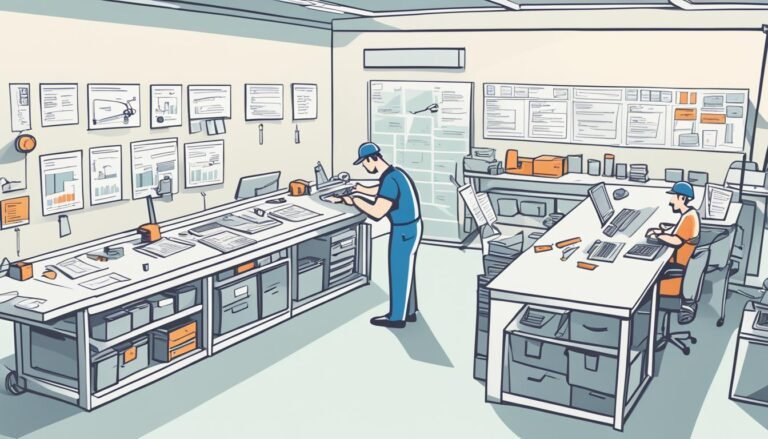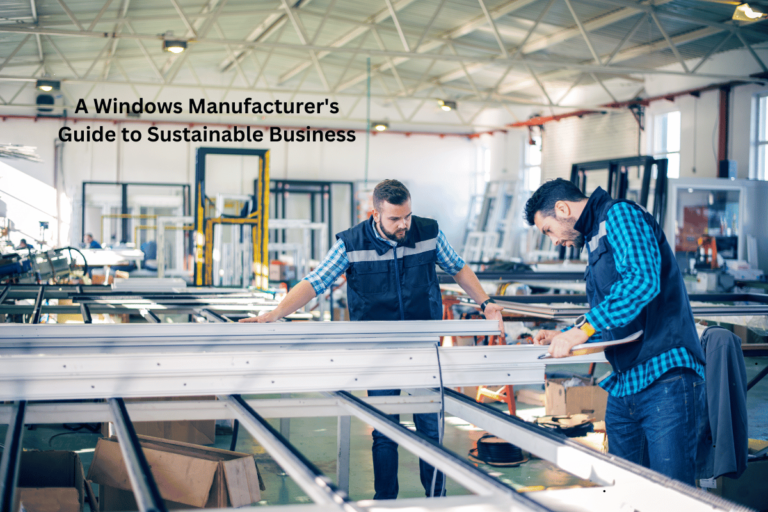How Welding Services Help Industries Achieve Stronger and Safer Structures
Welding plays a critical role in modern industries, providing the foundation for infrastructure, transportation, and manufacturing. Its ability to fuse metals together creates structures that can withstand significant pressure and wear. Whether in construction, automotive production, or aerospace engineering, welding services contribute to durability and safety, ensuring that materials meet the highest structural standards.
Without reliable welding techniques, industries would struggle to produce equipment and infrastructure capable of withstanding daily operational demands. Advancements in welding have led to stronger, more efficient materials, helping businesses improve productivity while reducing long-term maintenance costs. The importance of welding cannot be overstated, as it remains a fundamental process in nearly every sector that relies on metal fabrication.
Strength and Reliability in Construction
Welding is a cornerstone of construction, reinforcing the stability of bridges, buildings, and pipelines. Properly executed welds allow metal frameworks to endure external forces, including environmental stressors such as earthquakes and extreme weather conditions. Steel and other metal alloys are frequently used in skyscrapers and industrial facilities, relying on welding to maintain their integrity over time.
Beyond structural stability, welding techniques contribute to the longevity of materials. Advanced welding methods reduce the risk of corrosion and fatigue, which can compromise safety. Techniques such as arc welding, gas metal arc welding, and submerged arc welding offer varying levels of penetration and strength, ensuring that structures remain secure under heavy loads.
Precision and Performance in Manufacturing
Manufacturing processes rely heavily on welding to assemble machinery, vehicles, and consumer goods. Automotive production, for example, depends on robotic welding for precision and efficiency. By using automated systems, manufacturers create seamless joints that contribute to vehicle safety and performance.
In heavy machinery production, welding ensures that critical components function without failure. Industrial equipment used in agriculture, mining, and energy production must operate under intense conditions, requiring strong and dependable welds. The use of high-strength alloys and advanced welding procedures allows manufacturers to meet industry standards and safety regulations while maximizing performance.
Safety and Compliance in Aerospace Engineering
The aerospace sector has some of the most stringent requirements for welded components, as aircraft and spacecraft must withstand extreme pressure, temperature variations, and mechanical stress. The industry demands precision welding to maintain the safety and reliability of its structures.
Adhering to strict guidelines, welding services must align with specifications for the aerospace industry to ensure the integrity of materials used in aircraft engines, fuselage assemblies, and support structures. High-performance metals such as titanium and aluminum alloys require specialized welding techniques to maintain their strength while minimizing weight. Any flaw in a weld could compromise the structural integrity of an aircraft, making precision an absolute necessity.
The Role of Welding in Energy and Infrastructure
Energy production relies on welding services to construct pipelines, power plants, and renewable energy structures. The oil and gas industry depends on welded pipelines to transport fuel safely across vast distances. These pipelines must withstand high pressure and temperature changes, making strong, defect-free welds crucial for operational safety.
In renewable energy, welding plays a key role in assembling wind turbines, solar panel frames, and hydroelectric components. Offshore wind farms, for example, require robust welds that can endure harsh marine conditions. The integrity of these structures directly affects energy efficiency and the longevity of renewable power systems.
Advancements in Welding Technology
As industries evolve, welding technology continues to advance, improving efficiency and precision. Robotic welding has transformed manufacturing by increasing production speed while maintaining accuracy. In construction and aerospace applications, laser welding and friction stir welding offer high-strength bonds with minimal heat distortion, preserving the integrity of lightweight materials.
Another innovation is non-destructive testing, which allows for the inspection of welds without compromising their structure. Ultrasonic and radiographic testing help detect flaws that might not be visible to the naked eye, ensuring that welded components meet industry standards before they are put into service.
Sustainability and Welding Practices
With a growing emphasis on sustainability, welding services are adapting to minimize waste and energy consumption. Recycling scrap metal, using energy-efficient welding machines, and reducing harmful emissions are all part of the effort to make welding more environmentally responsible. Industries are also exploring new materials and methods to create stronger, lighter, and more sustainable structures without sacrificing performance or safety.
Welding remains an indispensable process in industries that demand strength, safety, and durability. From towering skyscrapers to precision-engineered aircraft, expertly welded structures support the infrastructure of modern society. As technology advances, welding continues to refine its role, ensuring that industries can build stronger and safer structures for generations to come. The increasing integration of automation and smart technology in welding processes allows for greater efficiency and accuracy. As sustainability becomes a priority, welding innovations are shaping a future where industries can build with fewer environmental impacts. Whether in construction, manufacturing, or energy, welding will continue to be a driving force behind progress and safety.







